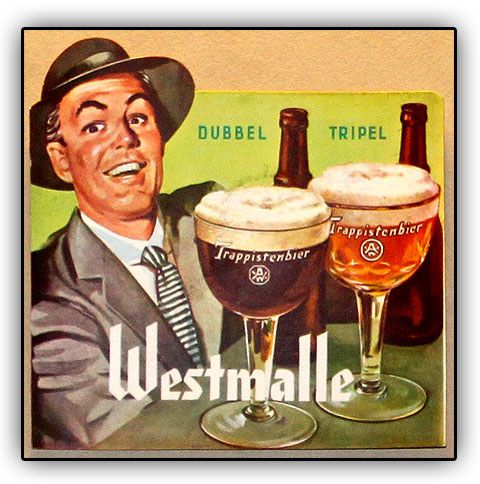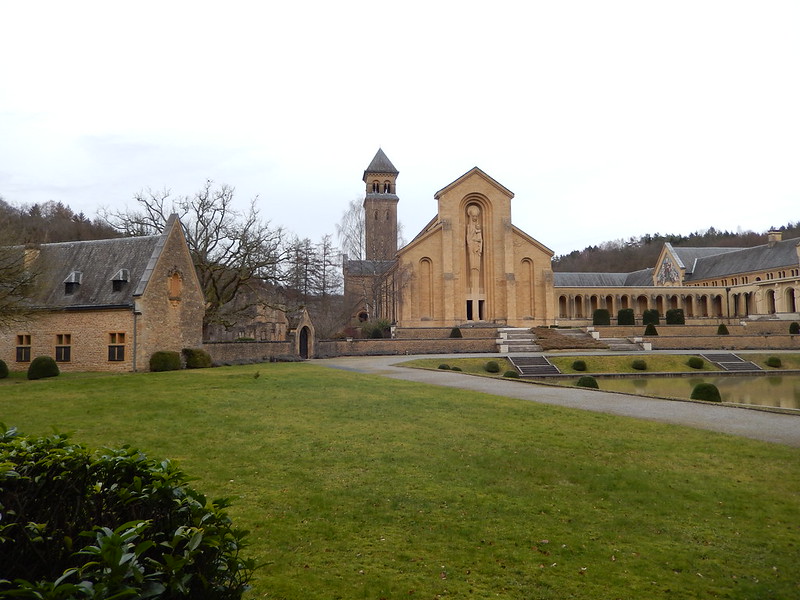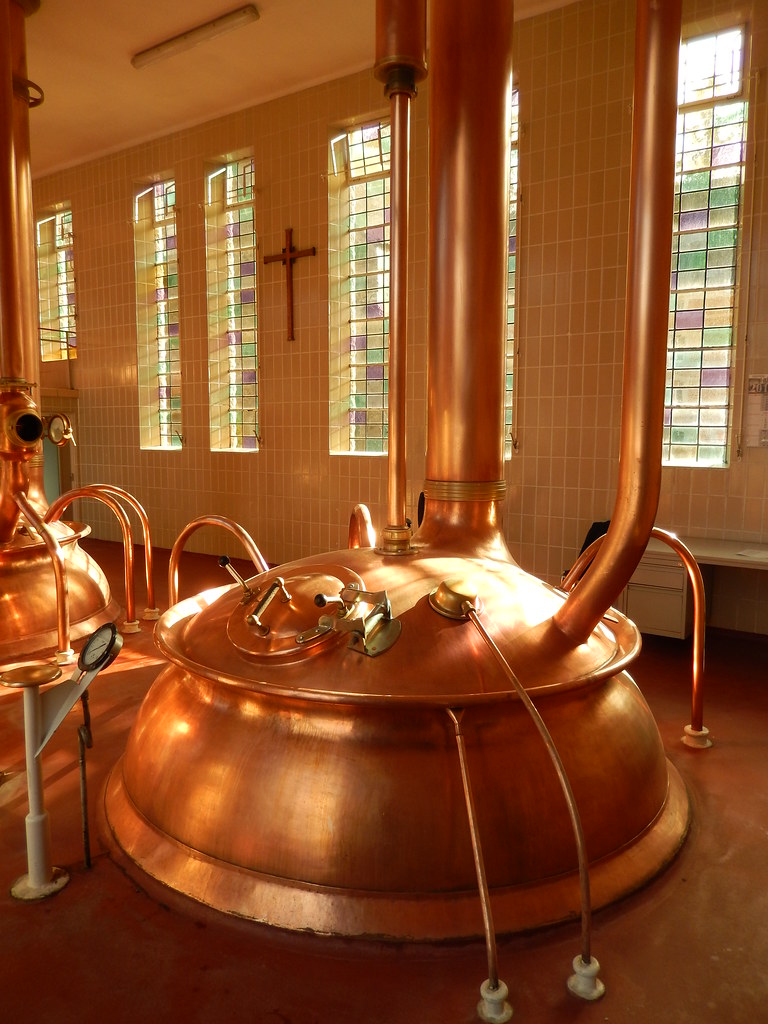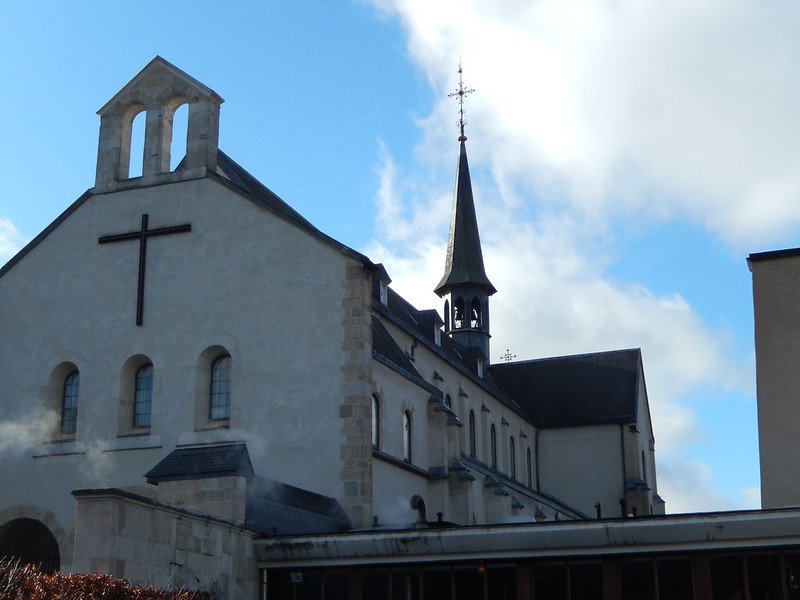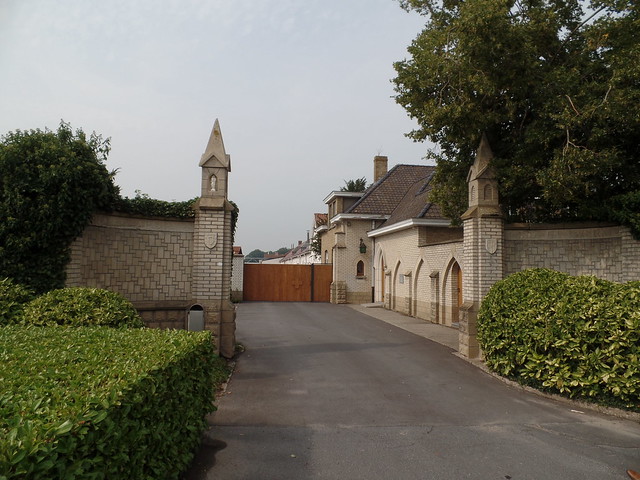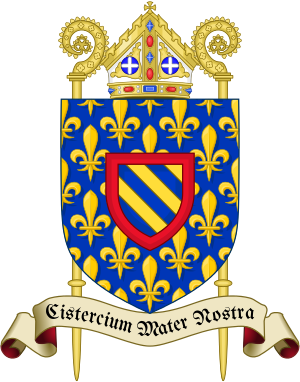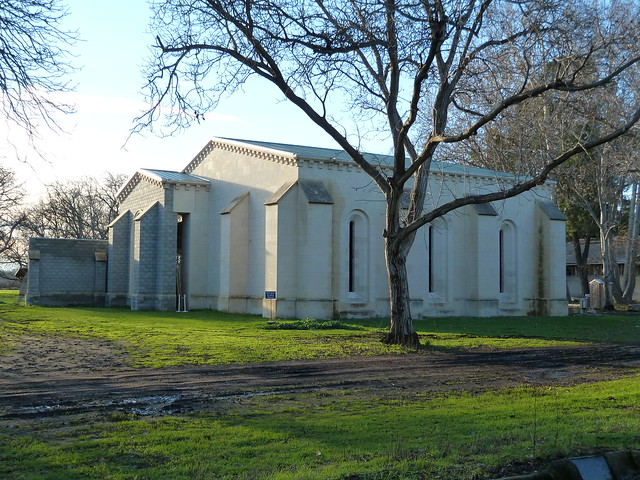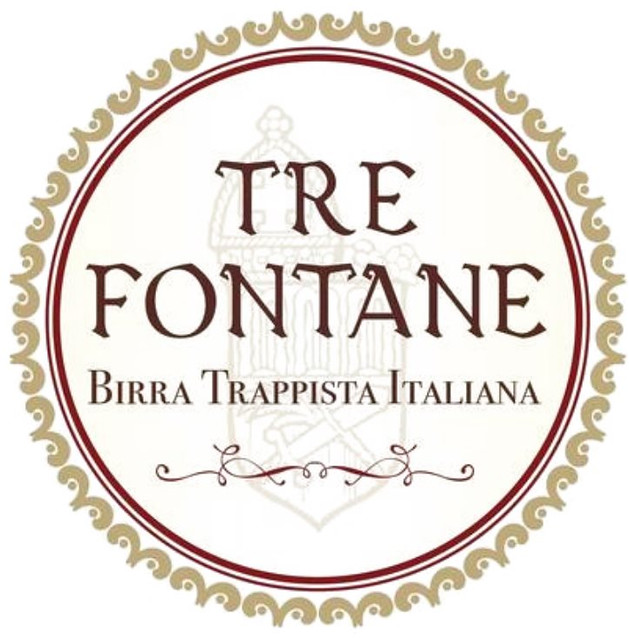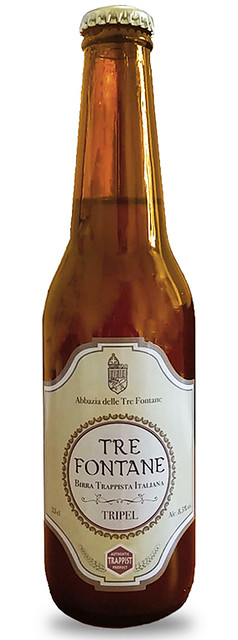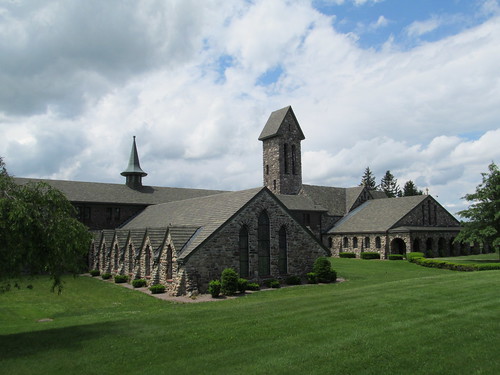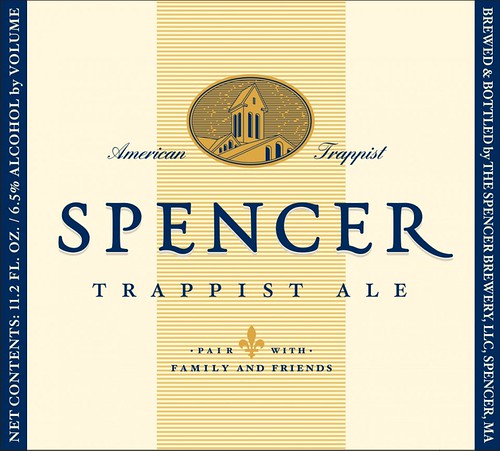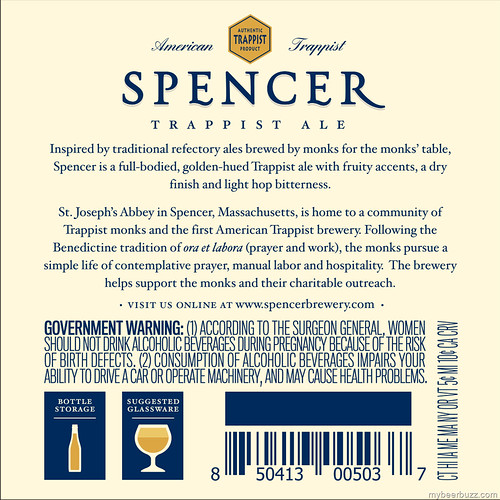
Monday’s ad is for Chimay, originally from mid-century, but this poster is a reproduction, and may even be contemporary. From the late 1800s until the 1980s, poster art really came into its own, and in Europe a lot of really cool posters, many of them for breweries, were produced. I’ve been posting vintage European posters all last year and will continue to do so in 2020. This poster was created for the Chimay Brewery, from the Scourmont Abbey (officially the Abbaye Notre-Dame de Scourmont), a Trappist monastery in Chimay, Hainaut, Belgium, and was founded July 25, 1850. I’m not sure who created this artwork.





